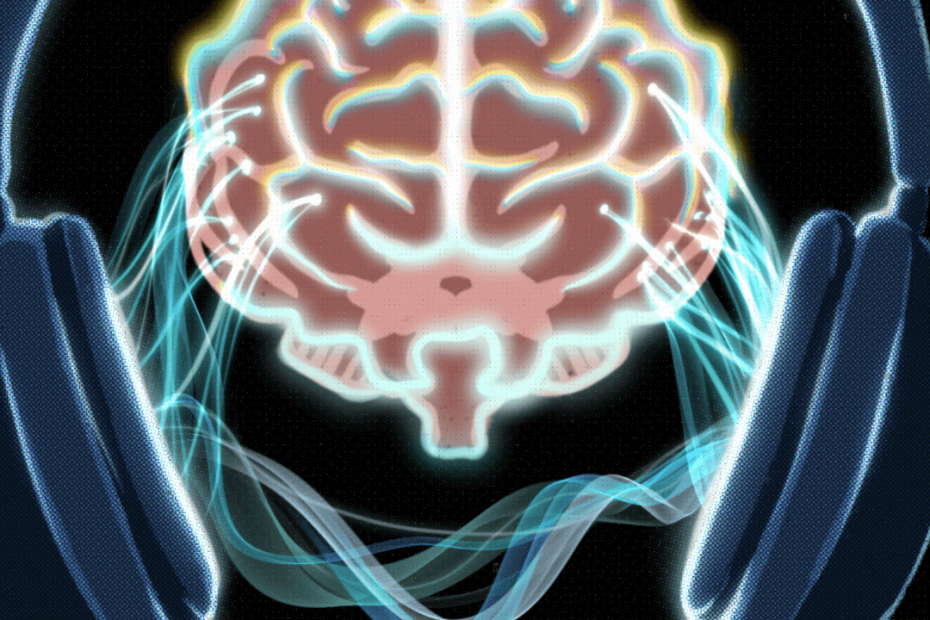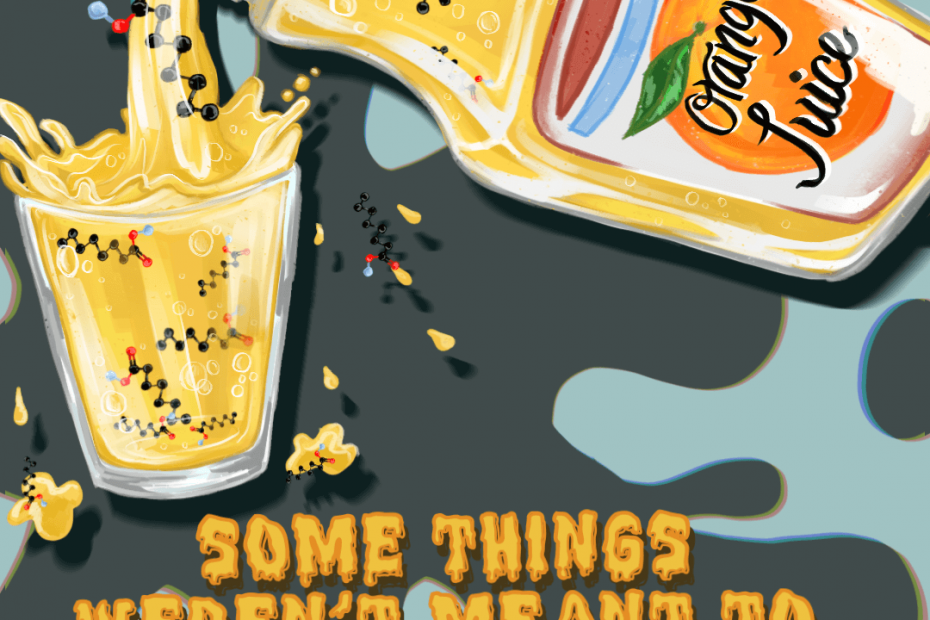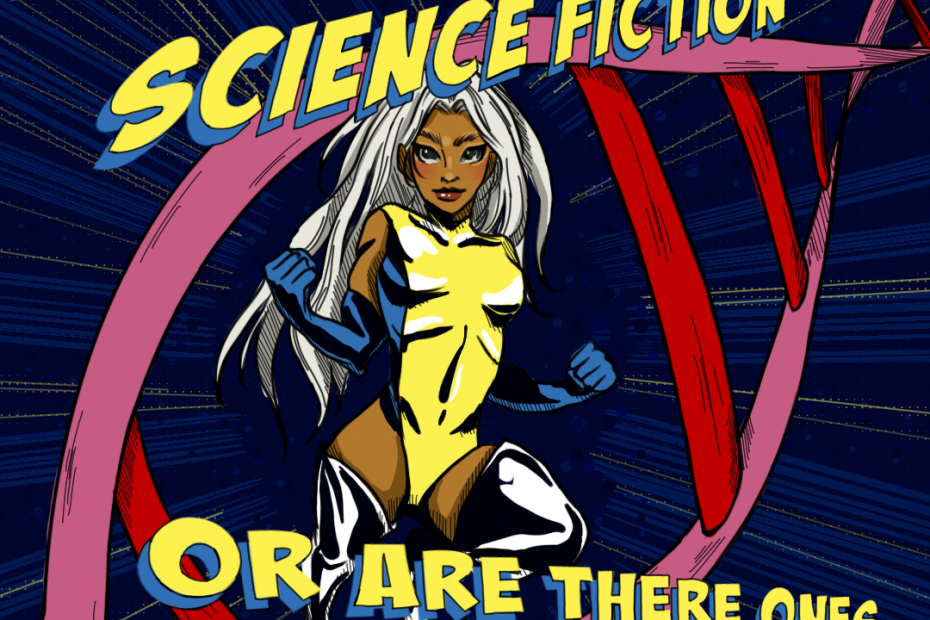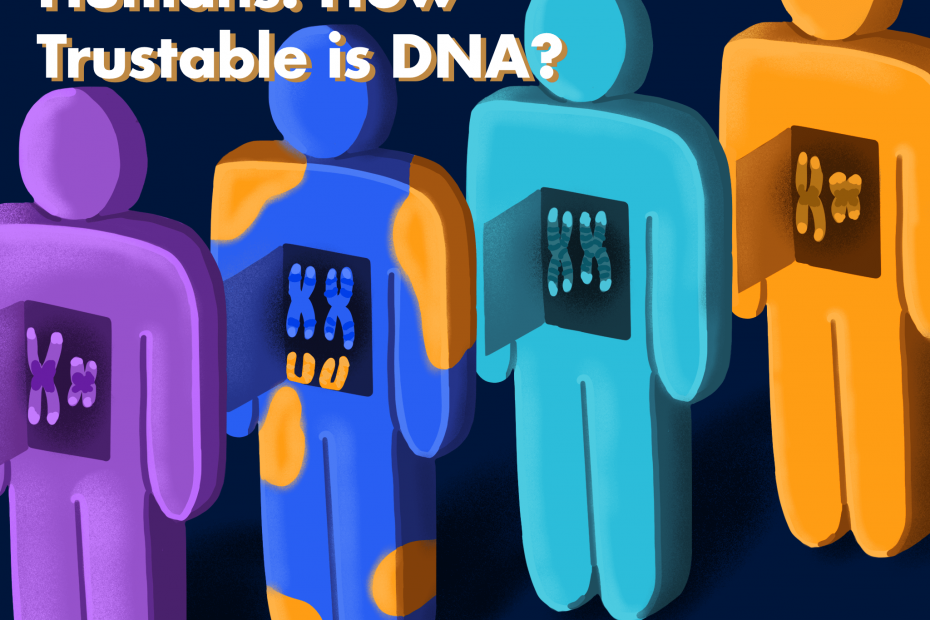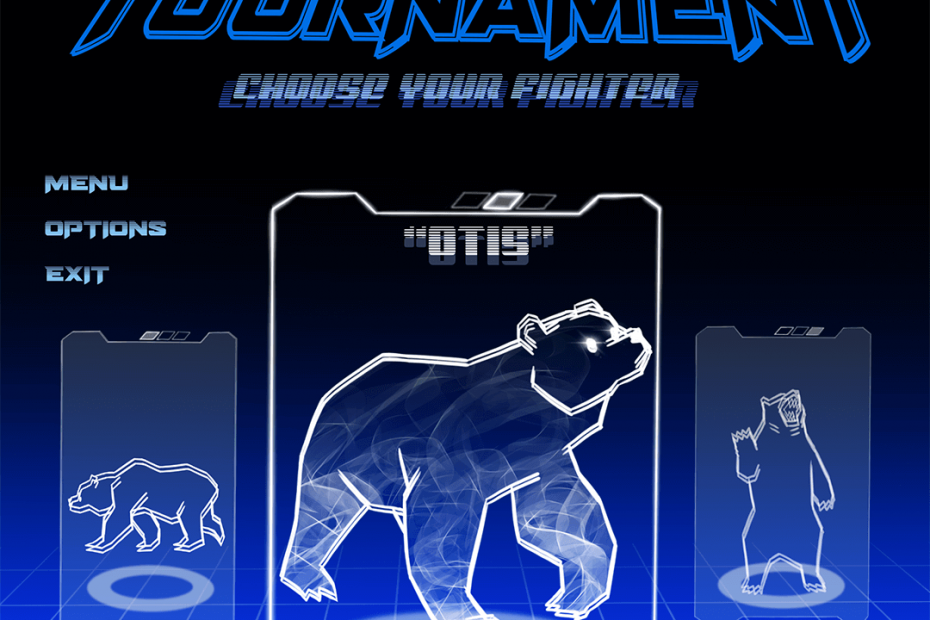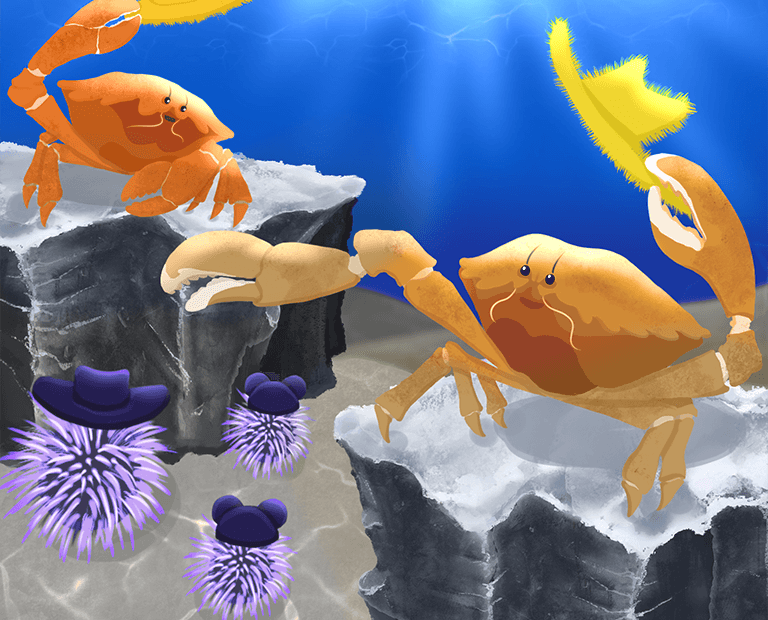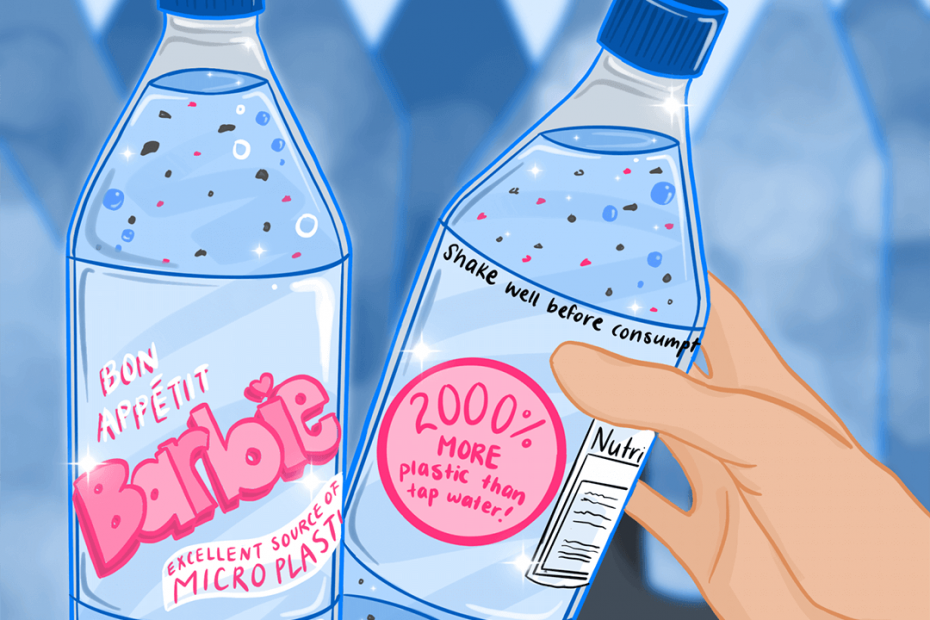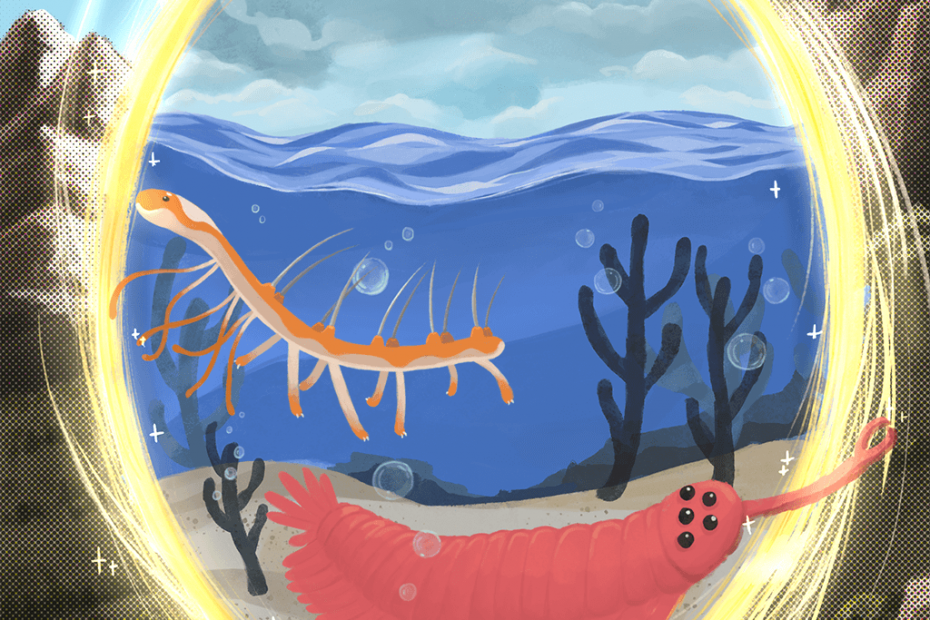Bass Goes Boom
Whether it’s the rhythmic tapping of a spoon on a plate, the clicking of a car’s turn signal, or the drips of a leaking faucet, humans find a beat wherever we go. But why is it that we are so susceptible to a single note that is repeated over and over again?
